
When Sarmaya got the chance to host an event with two of the most celebrated figures in Indian dance, we knew we had to push the envelope. We partnered with the dance company beej to bring Mallika Sarabhai and Anita Ratnam to Mumbai and engage them in a conversation about the transformative power of dance. In addition, we at Sarmaya also requested the speakers to pick objects from our collection that resonated with them. To our delight, they agreed and participated enthusiastically in curating this special online exhibition. Sarabhai and Ratnam are not just award-winning dancers and choreographers, but also feminists, activists and commentators who speak truth to power. Accordingly, we presented them with a selection across genres that would touch upon their passion as performers as well as their beliefs as public figures. The subjects of the works include varied themes like, temple architecture, the colonial lens on ‘nautch girls’, and the divine feminine in indigenous art. Our curators’ choices overlapped in three places, follow the arrow to find out where! We have short videos introducing the three main themes of this dance-focused exhibition: the stage, the dancers and the muse. In addition, each object here is accompanied with a quote from one or both of our curators—click on the accompanying label to read them. These quotes showcase the grace and empathy with which our curators engage with India’s historical achievements and contemporary ambitions.
Curatorial support by Team Sarmaya
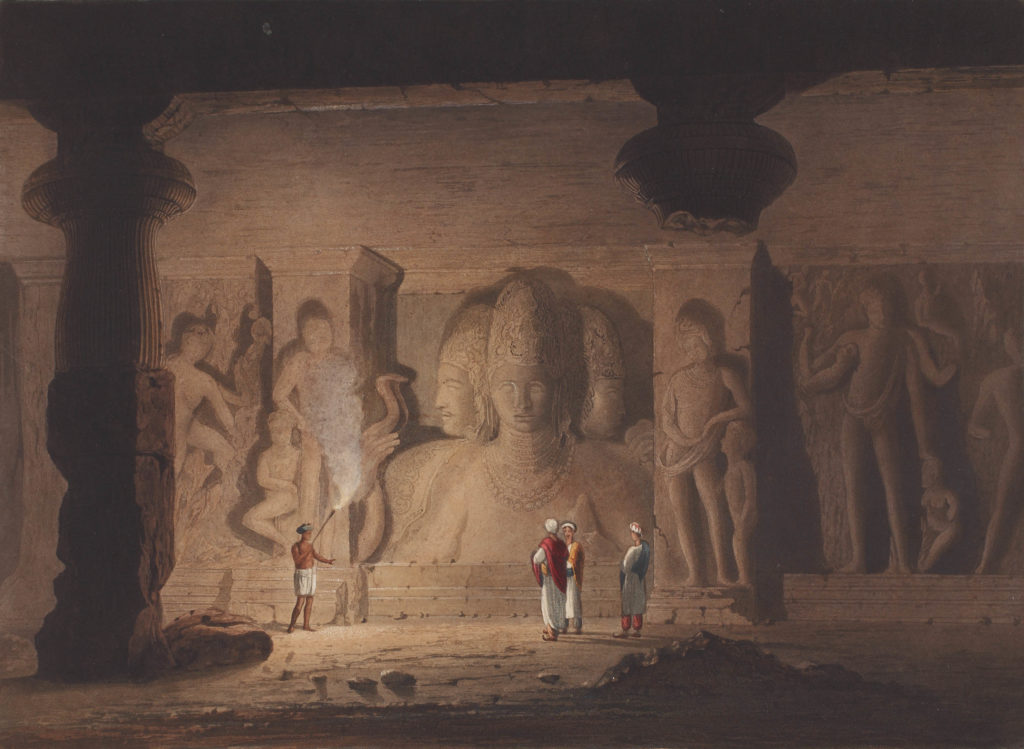
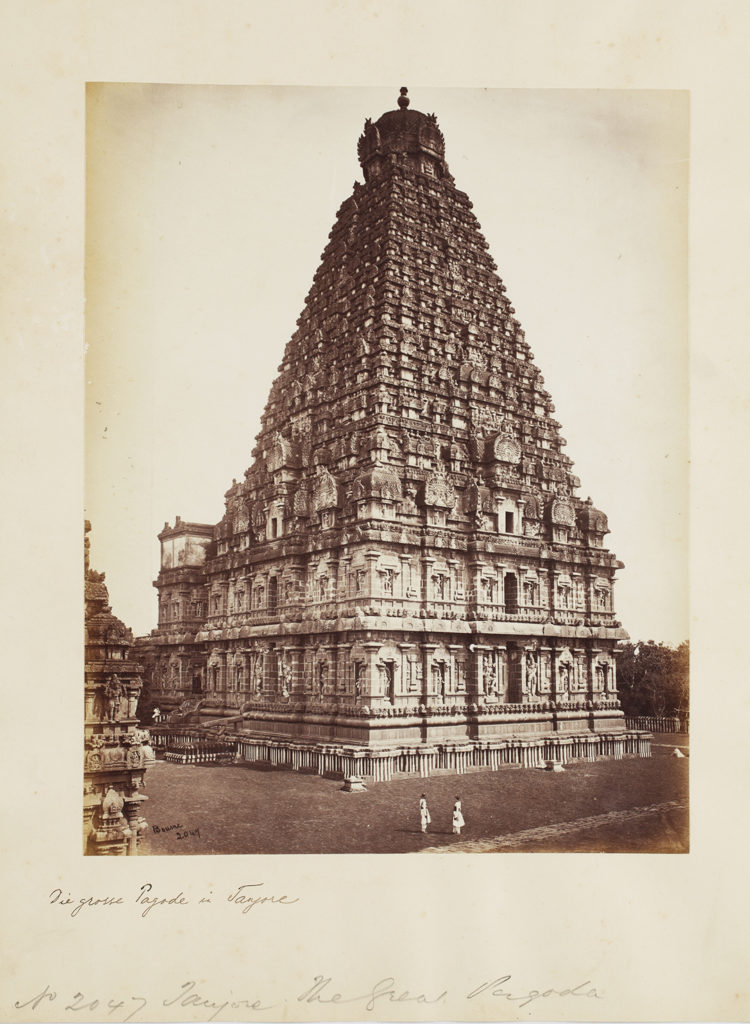
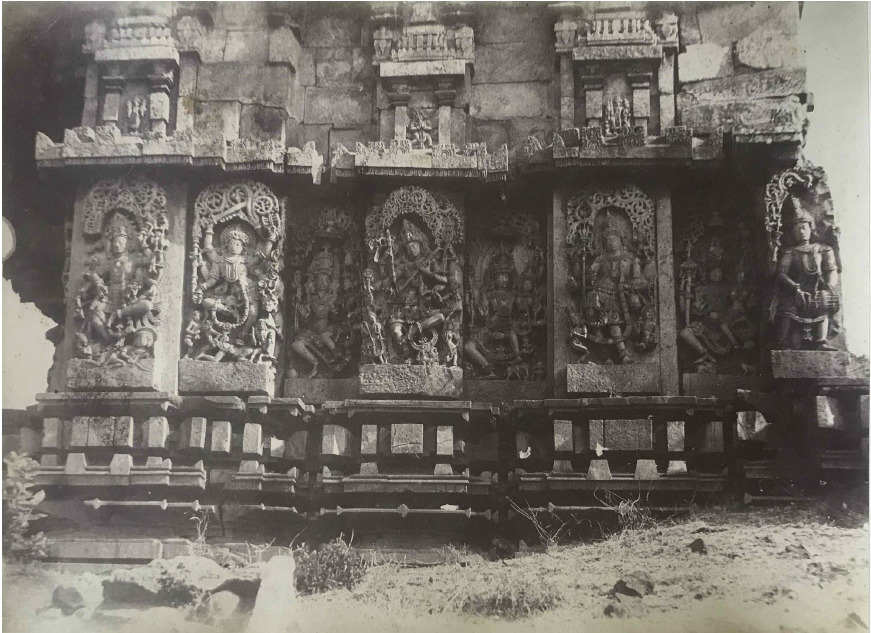
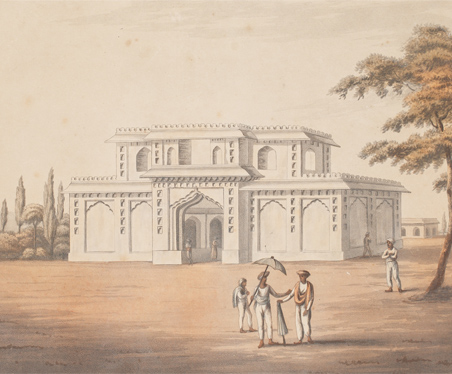
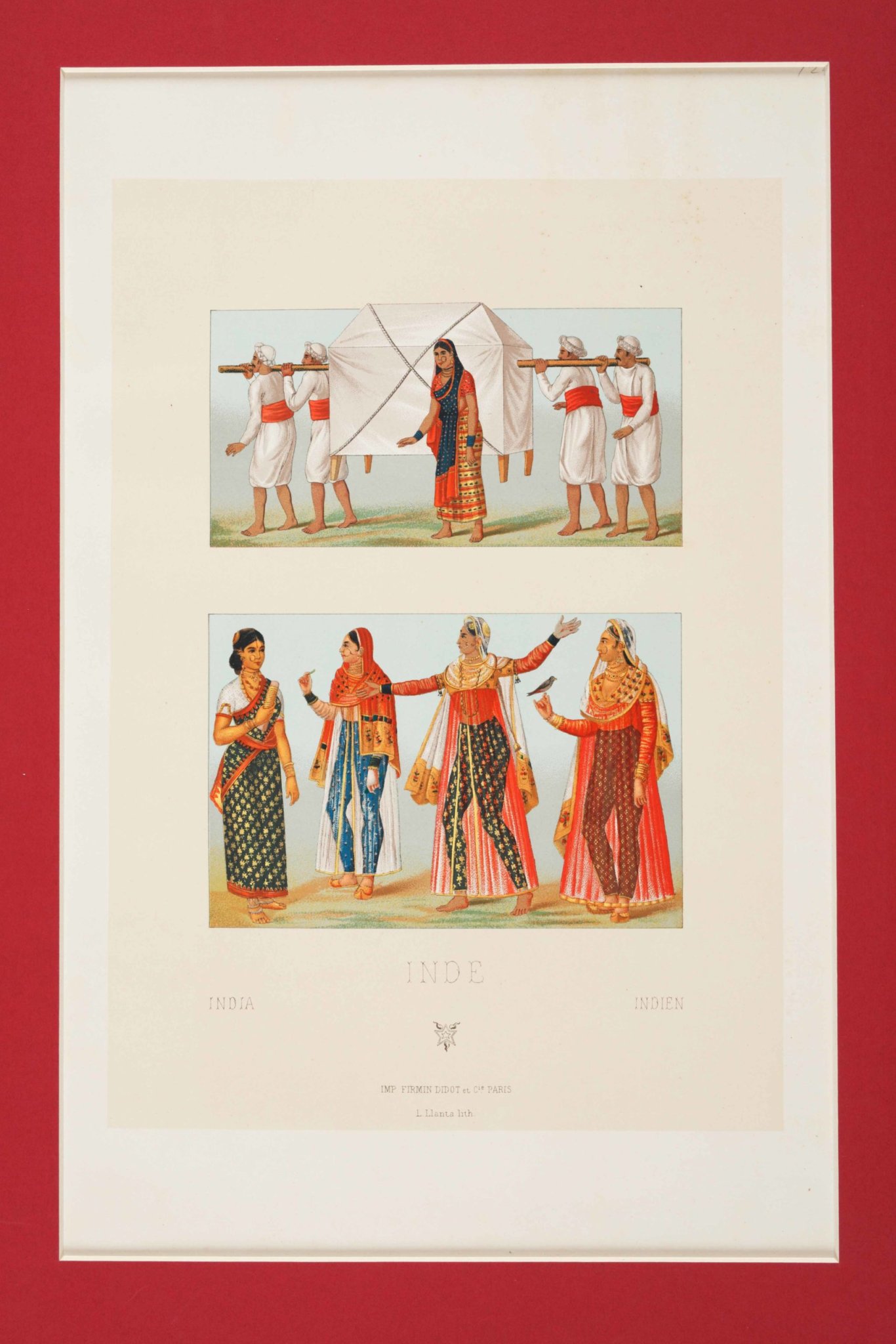
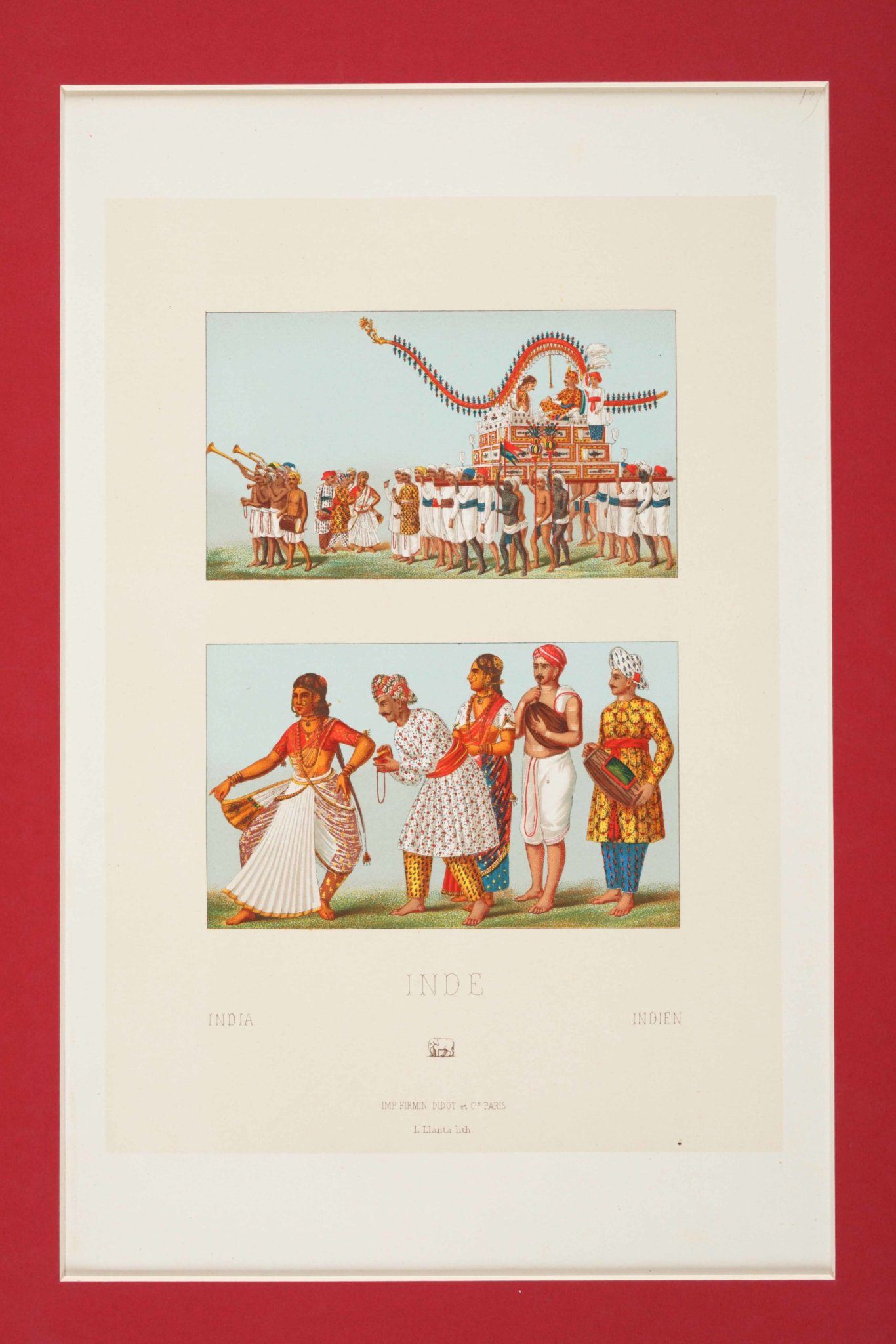
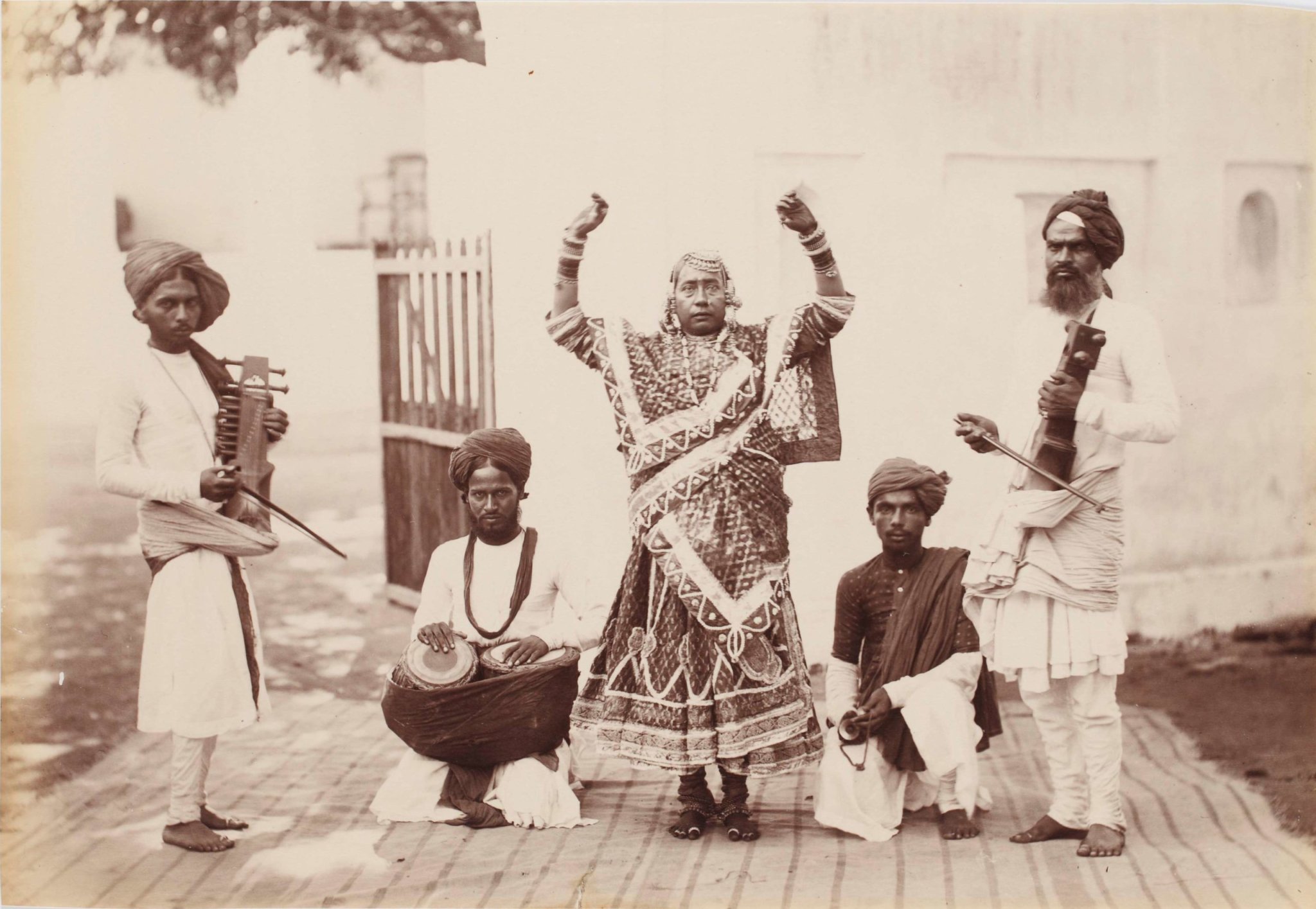
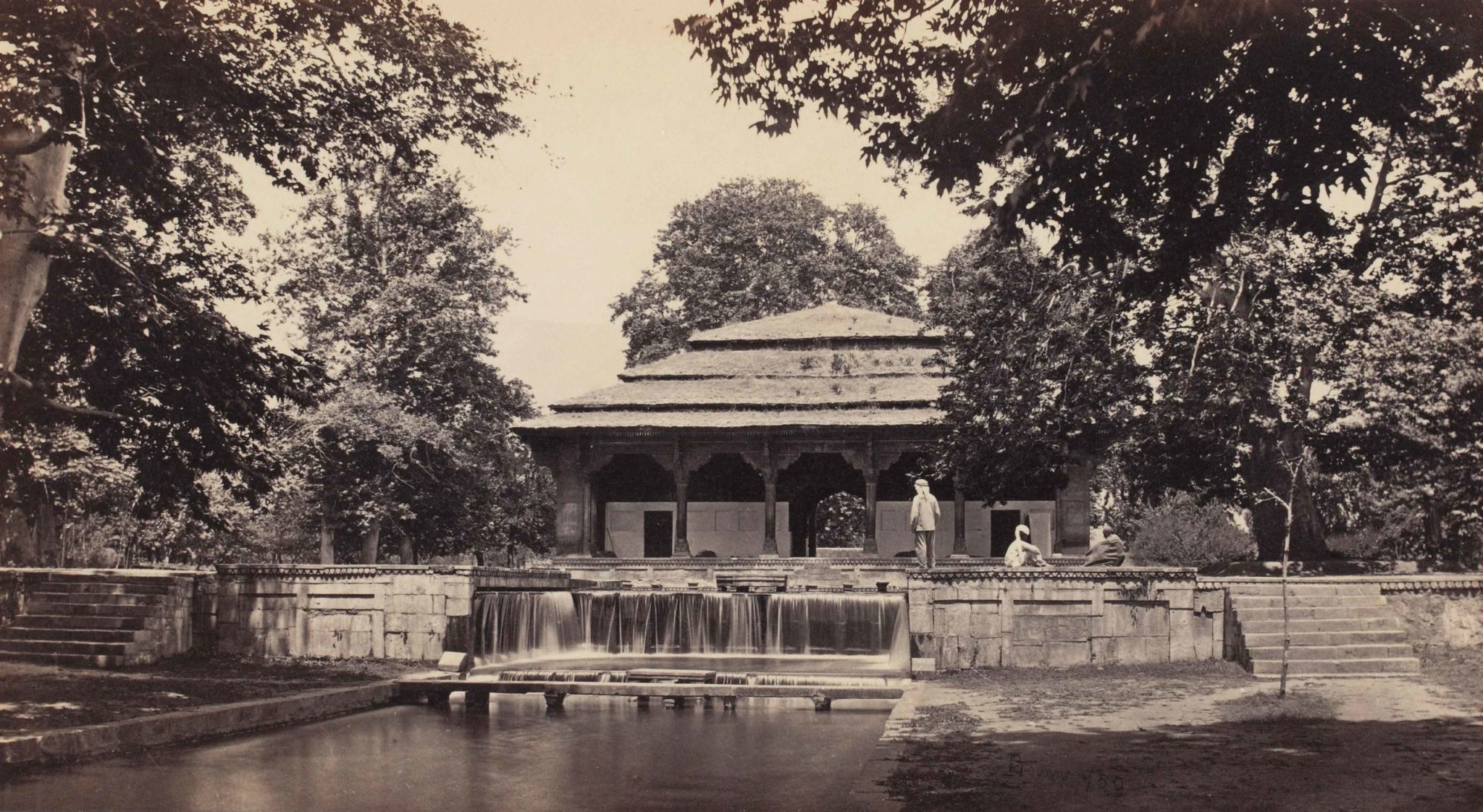
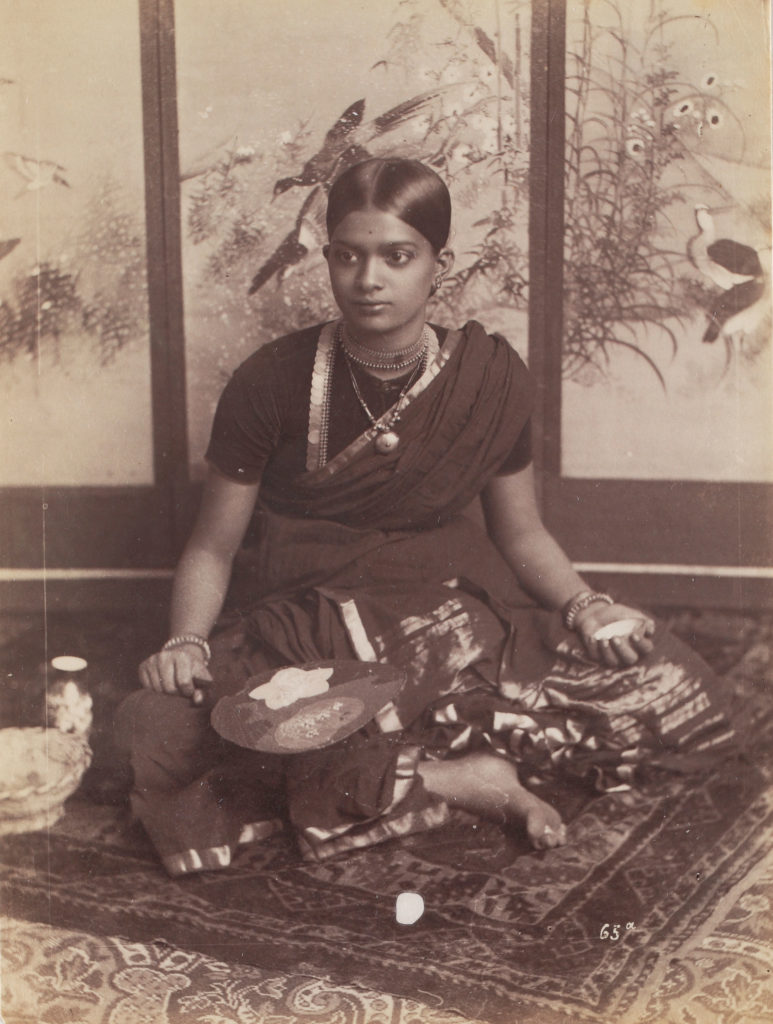
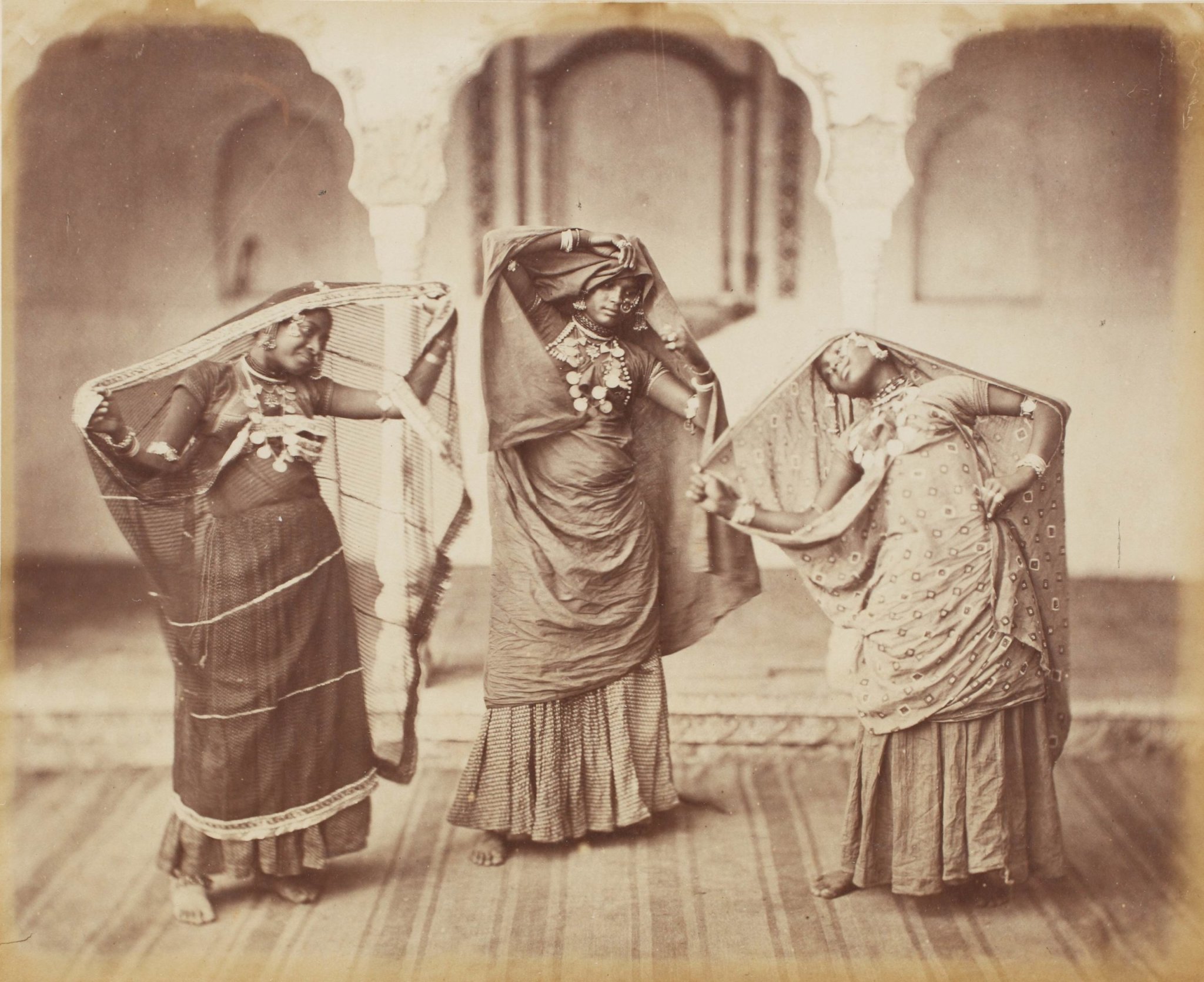
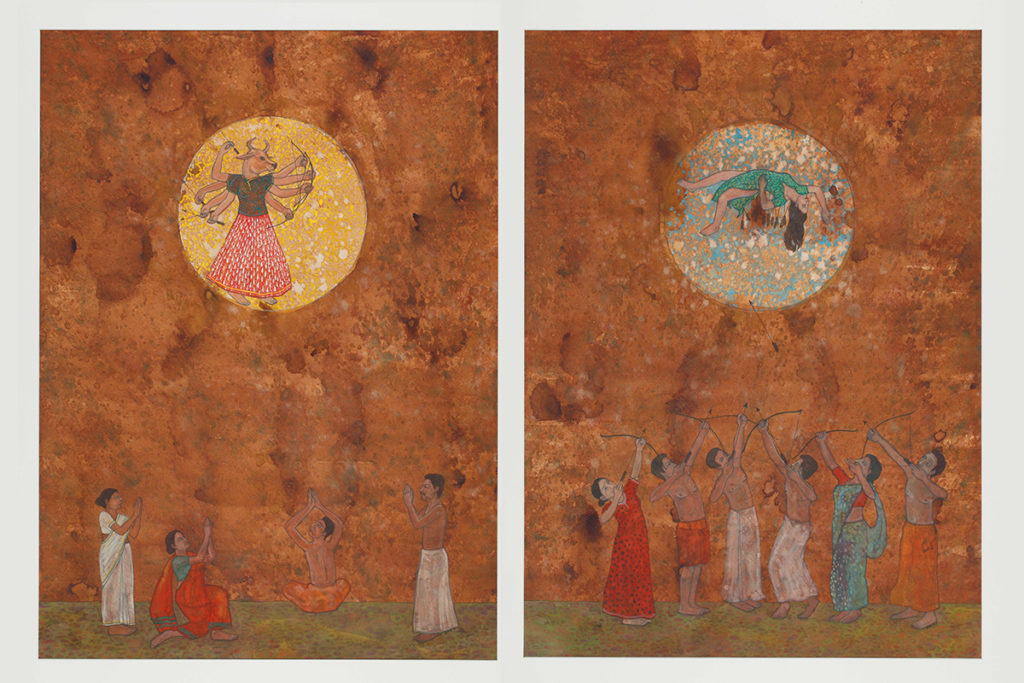
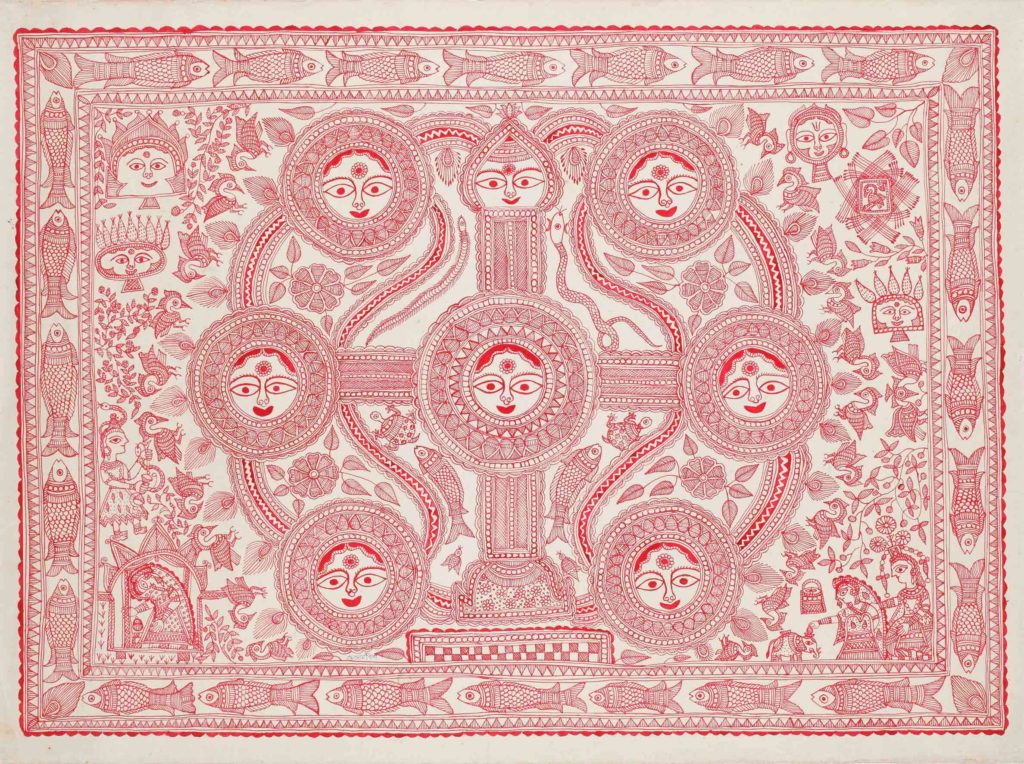
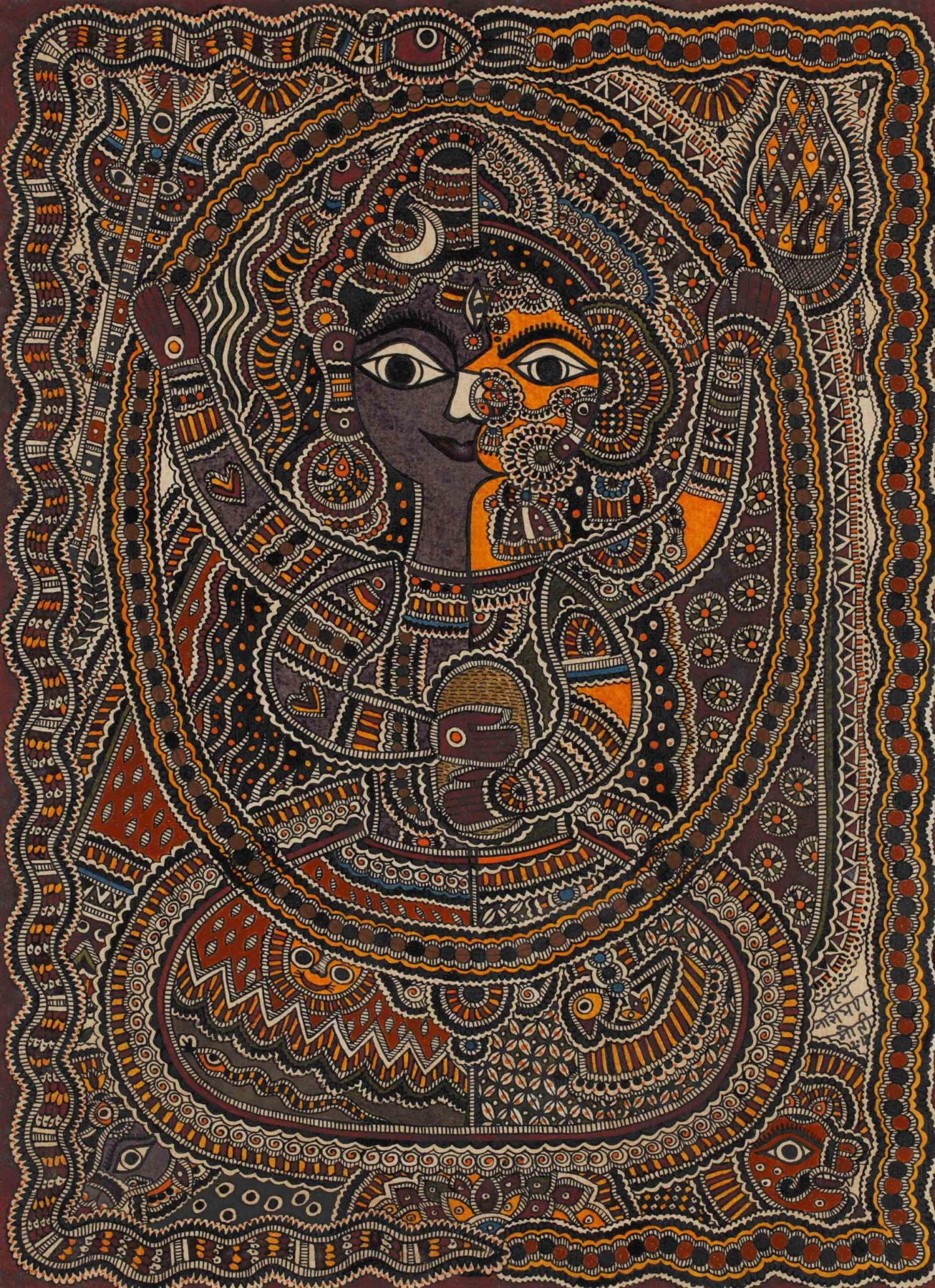
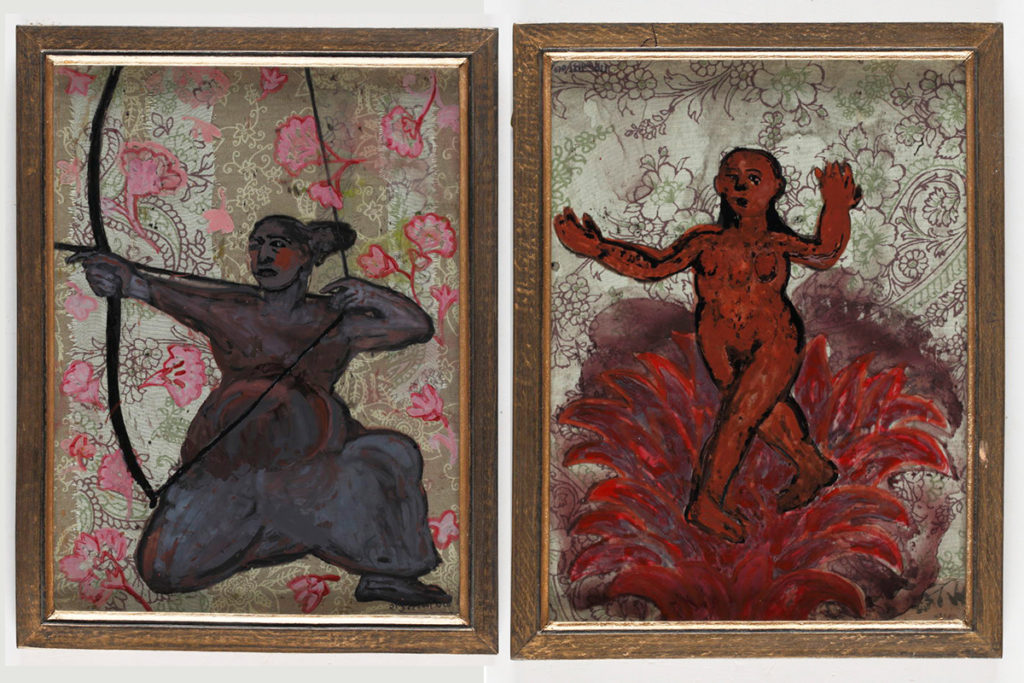
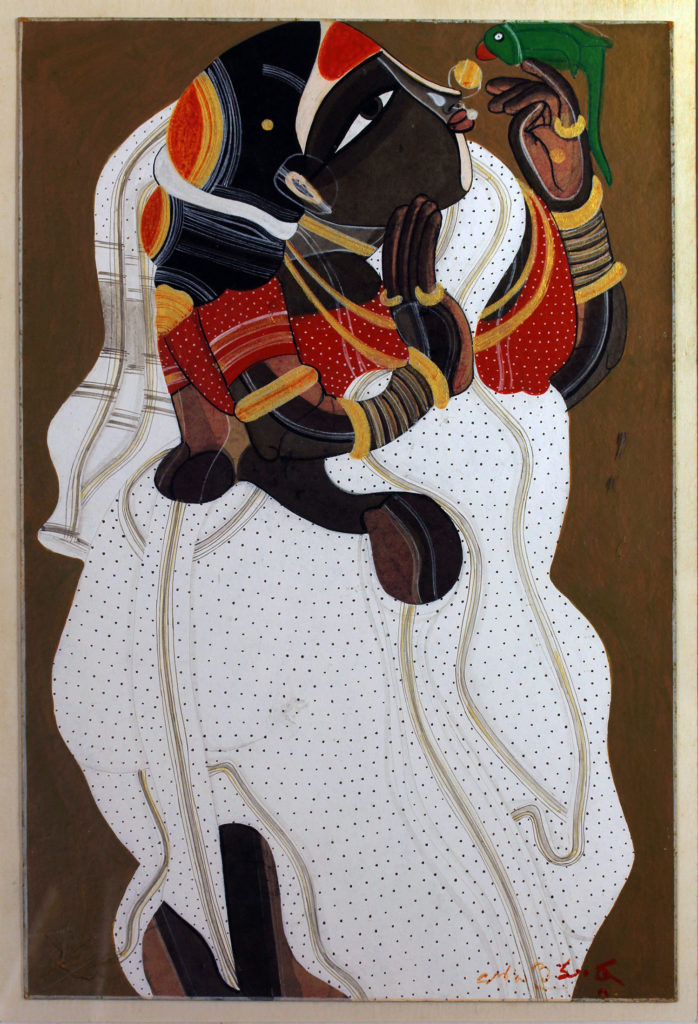
Beautiful. Really loved the commentary from Anita and Mallika.
Powerful, beautiful and empowering. (Maybe could’ve actually included some actually nautch dance videos)
One is pedestaled and the other in the “shit pit” ! The world continues to romanticise the notion of woman and womanhood. The only way to wade through it all, is for women to beat the rhetoric at its root. Really enjoyed the chosen pictures and the narrative. Strong women, strong stories !
It was amazing and the commentary was insightful!Thank you so much for the lovely presentation